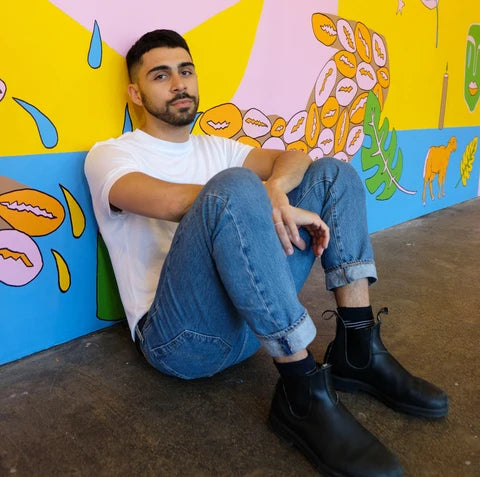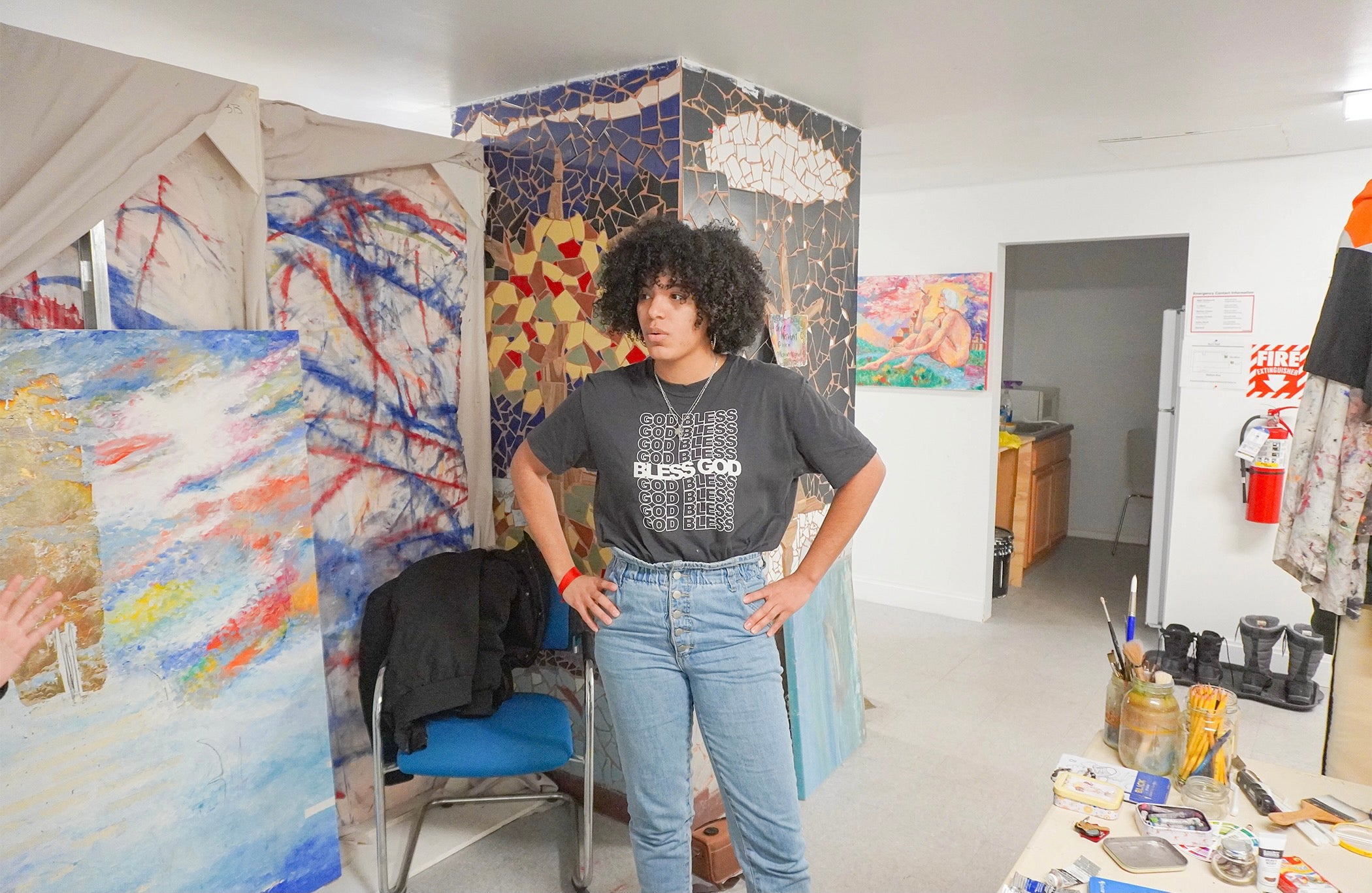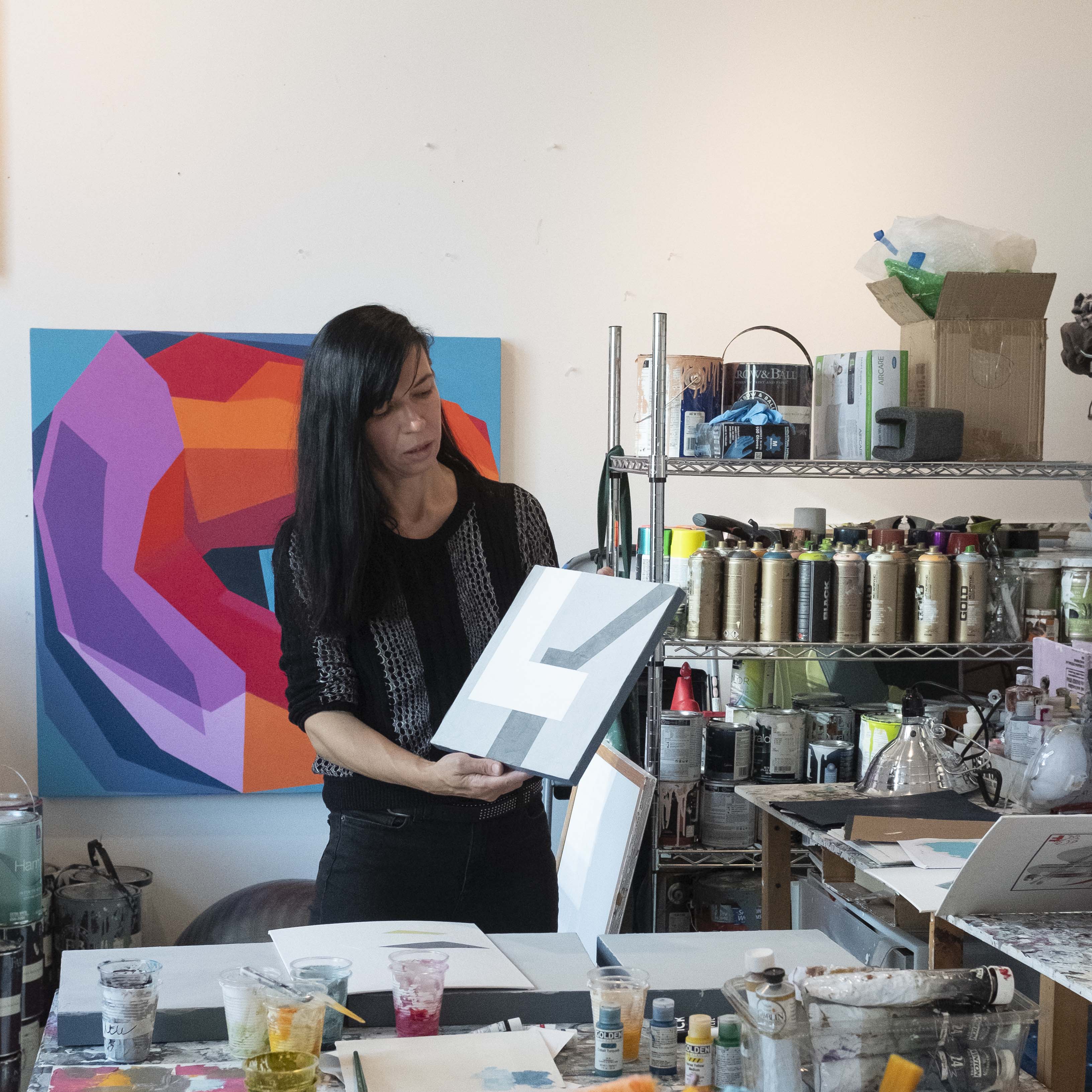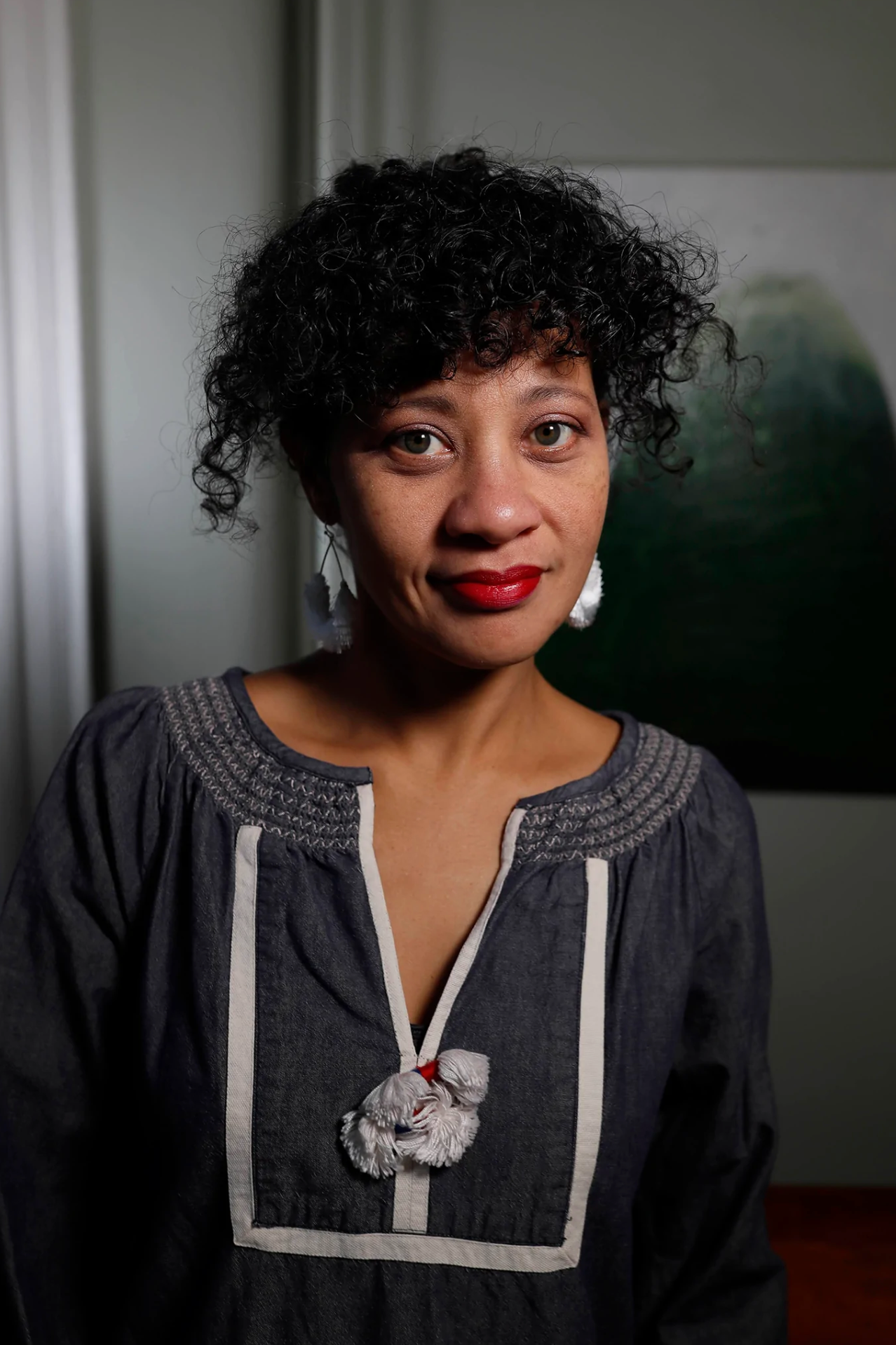No Products in the Cart
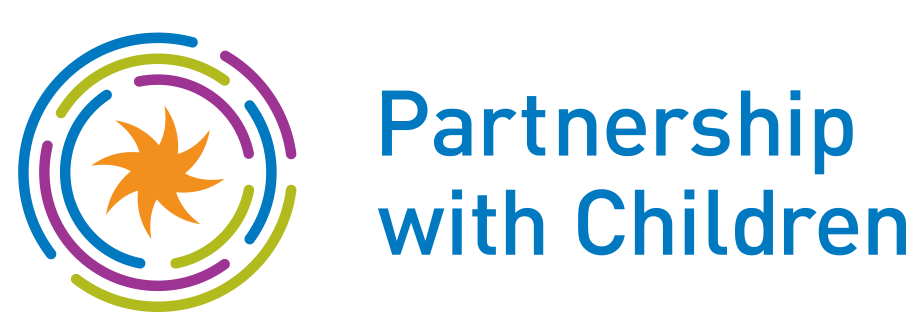
To mark the beginning of our partnership, we recently sat down with Meredith Sherman (Vice President of Programs) and Sam Leopold (Program Manager) to chat about the work they do at Partnership with Children.
Partnership with Children (PWC) was founded in 1908 and the organization has worked tirelessly to ensure that students in NYC have the skills and resources they need to thrive. PWC recently acquired Center for Arts Education (CAE), an organization that has provided arts programming to NYC schools for nearly two decades.

Can you tell us just a little bit about yourselves and your roles and how you ended up working for Partnership with Children?
Meredith:
So I am Partnership with Children's Vice President of Programs and what that means is that I oversee our portfolio of community schools and also our Center for Arts Education programming.
I started my career as a special education teacher. I taught third, fourth, and fifth grade (mostly fourth and fifth grade), but some third grade, a little bit sixth grade. I loved being a teacher but my students had so many other needs that were related to so many other things that were out of their control - things like racism and poverty and all the things that come along with that. And so I went back to school to become a social worker and through that process, I sort fell in love with the way that arts intersect, social emotional learning and healing practices.
I started here as a Program Director managing a portfolio of four of our community schools in Brownsville and East New York. The relationship between partnership with Children and Center for Arts Education began as an affiliation to see how do we work together? Are our values aligned? Are our missions aligned? How do we support each other? And it sort of blossomed into that we are super aligned and our programs really do work together and we should become one. So actually almost exactly a year ago we officially became one organization. And because of my history with bringing arts programming and combining that with social work and social emotional learning, it was just a natural fit for me to include our Center for Arts Education programming into my new role.
And Sam, what about you?
Sam:
I was fortunate to have access to public arts programming growing up. I went to a performing arts middle school and high school and really developed a love and passion for theater - there was a sense of community building and this idea that you could learn history and storytelling through just being with one another in the same space. And in that, I saw an opportunity for real healing.
I went on to study directing, playwriting, and production in undergraduate school but was always sort of really keen on social issues and really active in social justice movements and was a teaching artist while I was in undergrad and beyond. And similar to Meredith, I was in a classroom one day and there was a lot happening in the classroom. And I realized very quickly that I needed more skills. I just wasn't equipped with everything that I felt like I needed to really serve students in a way that I felt like they deserved. And after a lot of soul searching, I figured it was time to go back to school. And I wanted to study social work because I wanted to gain more skills in terms of how I could be an agent for healing and community building. And so I went to Hunter to get my Master's in Social Work.
I was fortunate in my, I guess first year of social work school, to actually intern with partnership with children. I was a social work intern in the winter and spring of 2020 when the pandemic hit. And so I was with Partnership at a real time of need, and I saw how the organization really came together to not only support their staff, but to support the community that we serve. I stayed on throughout the summer as a paid intern, and I discovered very quickly that this was somewhere that I hope I could return back to.
So cut to graduation, I saw that Partnership/ CAE was looking for a Program Coordinator and it felt like it was the real perfect match and was the intersection of my interests. I started as a program coordinator and I'm now a Program Manager — I mainly focus on our Student Voice Engagement Program, which is a four year federal grant that we received, and it explores the intersection of English language arts, social work, and theater arts.
What is the collaboration process like when working with each participating school?
Sam:
I guess it's somewhat uniform in that we start with just identifying what the school needs and what the school wants. So typically that will look like a planning meeting with the school just to get to pick their brain. Sometimes we get funding and we go to the school and say, “Hey, we have this opportunity, are you interested?” Or they come to us and they see something in us.
And then from there we'll go off and we have a roster of teaching artists and we'll start to approach our artists and let them know what it is school's looking for, the range of dates, we'll gauge their availability, and if it's a match, then we'll set up a time for the two parties to meet and to really iron out exactly what the program is gonna look like.
And how many schools are you currently partnered with?
Meredith:
The number changes throughout the year, because some schools might have a residency that's six weeks and other schools might have a residency that's the whole length of the school year. Right now we have about 27.

About 700 students have gone through the Career Development Program and have various internships — can you talk a bit about the program and share any internships that stood out to you?
Sam:
So we have a number of different partners and we work to pair our students up with those organizations where they do 12 to 15 weeks of an internship with them. Each week, we ask that student to do about eight to 12 hours of work. Students receive a stipend to participate in our program and before we send them off to an internship, we actually run them through what we are calling an intensive which is about four to six weeks of a crash course in professionalism. We work with students to really hone in on their email etiquette skills. We talk about what work life balance is, we talk about how to approach the workplace as a young professional. So we have those conversations, we facilitate workshops with students, and then we send them all to an internship. And while they're in their internship, we continue to mentor them throughout that experience.
It's really exciting some of the work that students are able to do and I'm constantly inspired by the partnerships that we have set up and are continuing to develop. But as an example, last year we had a student who interned with Lesportsac and that student went on to work with them over the summer and has continued to work with them beyond the internship process. So we've definitely seen students who have really excelled in their internships and it becomes an extension of their career development beyond high school which is really exciting.
We partnered with the Joyce Theater with the ARCA Engles Group, which is an architectural firm. So some pretty big organizations and for some of our students, they've never had an internship or a job. So this is a real opportunity to step into the professional world and we're fortunate that we're able to walk them through that process to help mentor them through that experience.
Meredith:
The Lesportsac one was big, but there was also an internship where the student actually got his name listed in the play bill of the show that he worked on. Was it Manhattan Theater Club?
Sam:
Yeah, it was Manhattan Theater Club. So we had a student last year who was working with Wade Handy at the Manhattan Theater Club in their Education Department and created some educational material for their student performances. And I got to see the show and see our student’s name in the program — so our students are having real impact on the community. It's not just a one off internship experience, but they're actually able to acquire the skills that are necessary beyond high school and also contribute to the organization in a way that's beneficial for all.

When you’re looking ahead and thinking about what the next 10 years might look like,what are some of your hopes or goals for the organization? And what are some of the things that you're looking forward to within your partnership with Curina?
Meredith:
It's hard for me to jump that far ahead but I would say shorter term goals would be to intentionally continue on the path that we've started in really bringing together the arts education world with our social work and healing practices world. We are at the beginning of this merger [with the Center for Arts Education], and so in five years, what I would like to see is that every Partnership with Children's School has Center for Arts Education programming and even vice versa, some of the schools that Center for Arts Education has had 20 year relationships with, maybe they have some Partnership with Children social workers there, and our teaching artists and our social workers are working together as a unified team. I would love for that to be somewhere down the road. I don't know how many years that will take but I would love to see that.
Sam:
Yeah, I think similarly I'm excited to continue to explore this merger [with Curina] and to see how all parties involved can really become integrated. And in terms of our collaboration, I’m just excited to learn more about what you all do and to see how our students are able to benefit from the work that you do and to collaborate with you all — I'm just excited to explore what opportunities exist for us as a partner organization.




